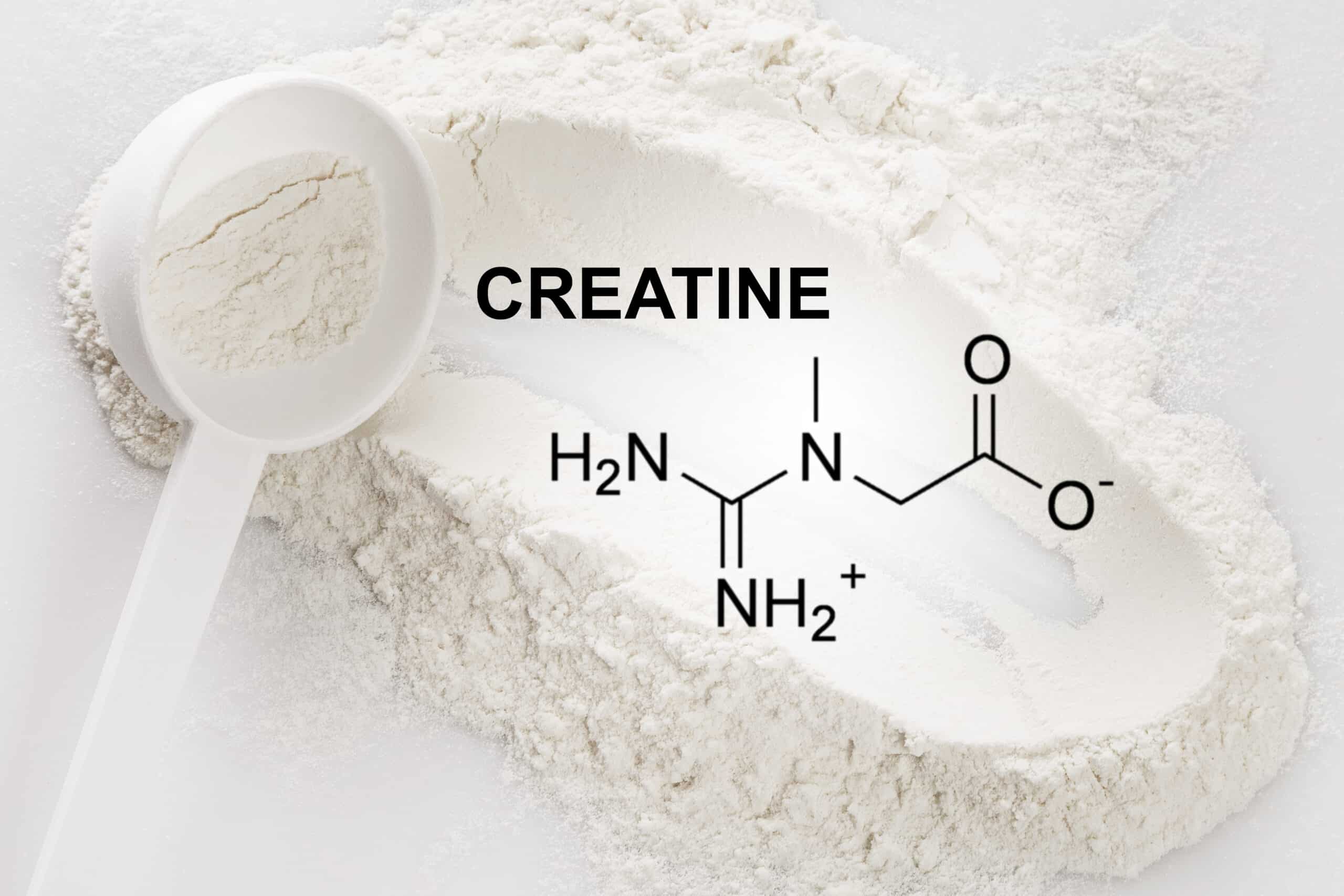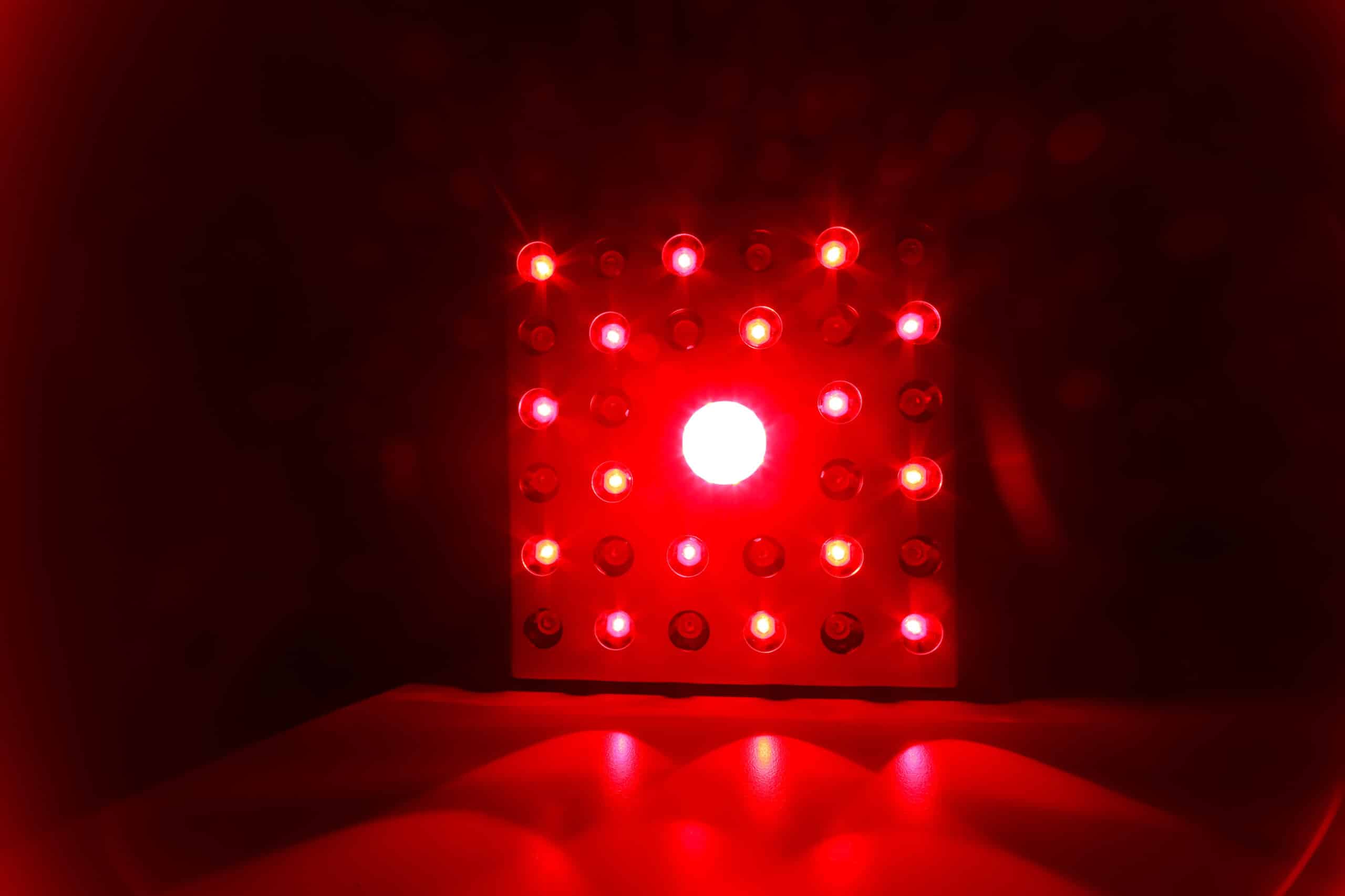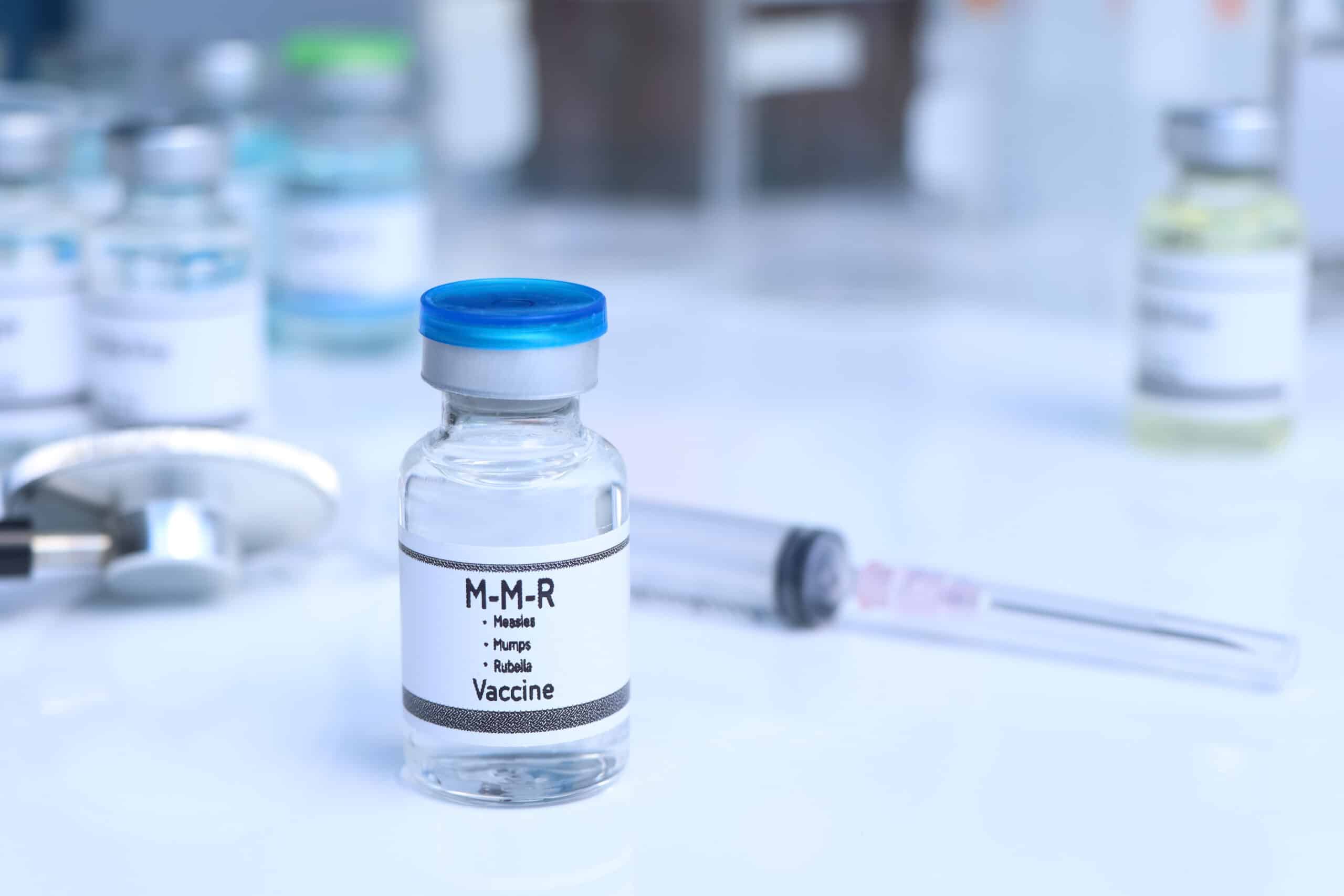It’s been over a month since our last newsletter, and it’s time for an update!
We have seen the second wave come, and thankfully, it looks like we’re coming down the other side. The U.S. reached a peak in daily new cases during the 3rd week of July, with almost 70,000 new cases daily. This has declined to a current level of around 45,000. Stanford reported their peak census of Covid positive patients on July 24th, with 41 cases in the hospital. Today, on August 12th, they have 27 hospitalized patients. Sequoia Hospital currently has only 2 inpatients. I suspect that this downward trend will continue.
Children and coronavirus
Children and coronavirus has been a hot topic from the beginning, but it’s come into more focus over the last few weeks with summer ending, and the “start” of schools fast approaching. More and more research is emerging that sheds light on how Covid affects children. Early reports suggested that children could not get the virus. I suspect that this myth started after looking at who was testing positive, and seeing that the vast majority were adults (link). It’s now fairly clear that children do contract the virus, and can also transmit it. Fortunately, however, they are much more likely to be asymptomatic than adults, and only rarely develop severe symptoms. There was very little reason, in March or April, to put a swab deep into a child’s nose, who had no symptoms at all. Thus, there were very few pediatric cases identified early in the pandemic.
Last week, I reviewed data from Lucile Packard Children’s Hospital. From March through August, they have had a total of 30 children in the hospital who have tested positive. The majority of these kids were there for another reason, like appendicitis, for example, and happened to also have a positive Covid test at the same time. While there have been severe cases in the pediatric population nationally and globally, they are a very small percentage. The main concern has shifted to looking at the role of transmission from children to others.
Data from a large study of family clusters in South Korea, mentioned in our last blog, showed that kids less than 10 years old were only half as likely to transmit the virus as older children or adults. Unfortunately, however, the transmission rate was not zero. We now have had a few reports of outbreaks in children. At a YMCA camp in Georgia, a teenage staffer left the camp after developing chills on the 2nd day. The following day, his test was positive, and the camp was closed over the next two days. Of 344 students and staffers who were tested over the next week, 260 were positive. They had all had negative viral testing within 12 days of starting camp, and staffers were required to wear masks. The age range of the kids was 6 to 18, with an average age of 12.
There was another notable outbreak at an Israeli school in late May with children ages 12-18. The school had opened on May 18th, but there was a heat wave on May 19 to 21st, and mask restrictions were lifted. The first case was identified on May 26th, and mass testing occurred on May 26-28th. In the end, there were 153 positive cases among students, and 25 among the staff (out of 1164 students and 150 staff.)
While these two outbreaks may represent outlier events in terms of the large numbers of cases, I think they do illustrate the potential for spread in these groups. There have, however, been successful school openings in countries with lower levels of virus.
My interpretation of the data is that children can get the virus, and they can transmit it to both other children and adults, albeit they transmit it a little less frequently. Thankfully, however, most kids have no symptoms, and those who do, experience mostly mild symptoms, and only rarely do kids develop a severe illness. Unfortunately, I still find it hard to picture schools reopening before we have much lower levels of the virus in the community, and have a better infrastructure to test and track cases.
Testing
There have been few changes in options for testing since our last blog. We, along with Stanford, Sutter, and Quest, are doing PCR-based nasal swab tests that are very specific, but often take 2 or 3 days to get a result. Most of this delay is due to backlog, as the test itself only takes 2 to 3 hours to run. Testing times have been improving over the last week. We are constantly reviewing where we can get the fastest and most reliable testing done. It would obviously be helpful if we had a more rapid test for the virus. There are rapid, antigen based tests that can give a result in 15 minutes, but they require lab-based equipment, and miss about ⅓ of cases that the PCR assay would detect. They may be useful, in the future, to screen groups on a periodic basis, such as at schools or work.
We have had questions as to where someone can get testing done who is not in our practice. Currently, there is testing available through all of the major medical groups, as well as at-home mail-in testing (Pixel, LetsGetChecked), and community programs.
Does the initial dose of the virus affect the severity of the illness?
This is one of the more interesting questions that has come up over the last month. I’ll explain why I think it matters. I suspect that the initial dose that someone gets when they are exposed to the virus may, in part, determine how severe their illness may be. There are a few lines of evidence that support this.
First, if you compare the curves of cases, to deaths, across the U.S., you can see that the first wave in March and April had a much higher mortality rate than the second. If you compare the mortality, to date, in New York to California, it is 6.75% to 1.8%. New York had the majority of their cases much earlier than California did. This difference in death rate may be partly due to more cases in the second wave happening in younger people, but I also suspect it is due to the fact that the current cases are coming from people getting exposed to a smaller amount of virus. The cases that started in late February and early March may have come from someone going to work, or a social event, while actively coughing, with no masks, and no social distancing.
In the second wave, significant transmission was happening in situations where there were at least some precautions in place, such as in restaurants with some social distancing, or at social events outside, or perhaps, transmission that was through, or around, a mask. There is plenty of data, from other viruses, that the initial “inoculum” is related to the severity of the subsequent disease. We don’t yet have that data with Covid-19, but I suspect that we will.
A second line of evidence comes from looking at two outbreaks on cruise ships. The Diamond Princess cruise ship disembarked in early February, before it was known that the virus had extended much beyond China. Most of the cases on board this ship had exposure prior to instituting a ship-wide quarantine. Most of the cases were symptomatic, with fever, cough, fatigue, etc. Only 18% of the 634 positive cases were asymptomatic.
By contrast, a cruise ship leaving Argentina for the antarctic peninsula in mid-March had a different experience. By this time, there was significant fear developing that the virus had become widespread. They had their first Covid-19 case on day 8 of the trip, and immediately were able to provide surgical masks to all passengers and crew. They were tested regularly, and eventually 128 of 217 passengers tested positive. Of these, 81% were asymptomatic.
I suspect that the difference in the percent of people with no symptoms, (18% versus 81%), may be due to a lower amount of virus exposure. In the latter case, it appears that the passengers were exposed to smaller amounts of the virus, as precautions had already been set in place.
Lastly, outbreaks in an Oregon seafood plant and a Missouri Tyson chicken plant, where workers were wearing masks, found that 95% remained asymptomatic. The reason I think this is important, is that it shows that the precautions that we are taking may protect us, even if we ultimately contract the illness. While masks and or distancing don’t stop 100% of viral exposure, they may make the difference between a mild or even asymptomatic case, and more significant illness. The above discussion is speculative, and there are other factors contributing to the lower mortality rates in this second wave, but I think the notion of inoculum dependent severity is an interesting concept to consider.
Immunity after having had the illness.
We still do not have a single convincing case in the medical literature of anyone having had a symptomatic infection twice. This is after 8 or 9 months of the pandemic, with over 20 million cases worldwide. Having had the illness is very likely to provide significant protection against it for the (at least near) future.
Treatments and Vaccines
There have been promising results from the NHS Recovery trial with dexamethasone (a steroid), in hospitalized patients. This has become the standard of care in hospitals. It is not recommended in people with mild illness, as it suppresses the immune response, and has not been shown to be effective in mild disease. I saw a recent UCSF review of the available hydroxychloroquine studies. The reviewer reported that the vast majority of studies do not show efficacy. We still do not have an outpatient medication for Covid-19 that has been shown to be useful, but there are potential treatments on the horizon.
Both the academic literature and the popular press are currently very positive on vaccine progress. It seems that most experts feel that we will have useful vaccine(s) by the end of the year or early next year. There are still significant hurdles involved after that, as production and distribution will be a challenge.
I hope that this letter finds you and your family well, and staying safe. I am still very hopeful about the future!
Warmest wishes,
Ian Kroes M.D.
Coronavirus latest updates in the Bay Area. Peninsula Doctor newsletter #14



